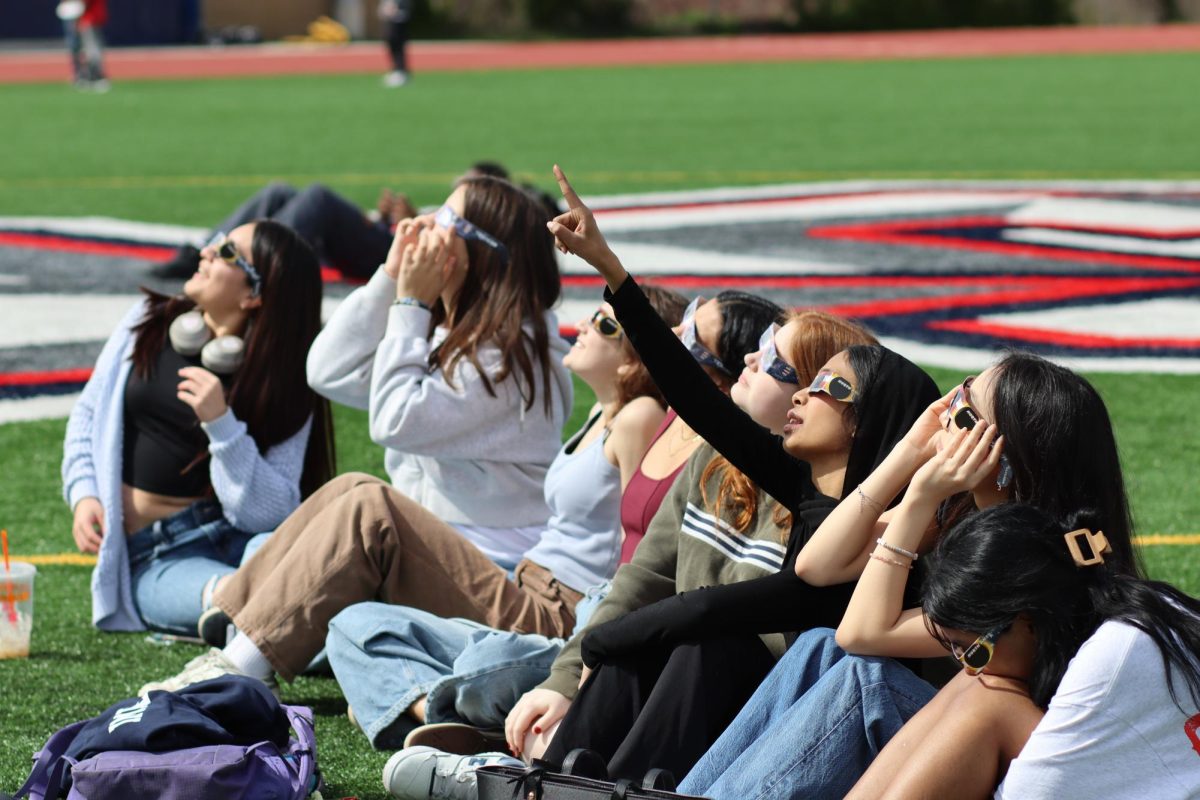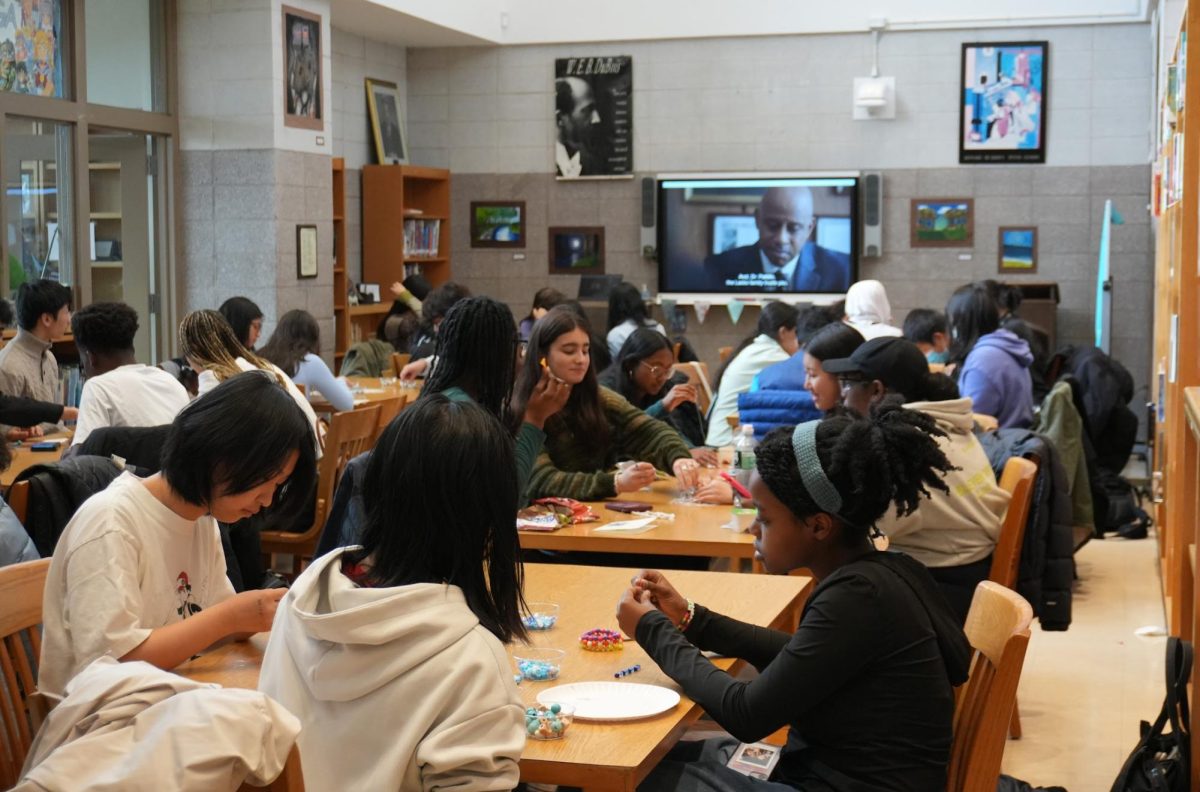
SINCE ITS launch on July 6, Pokemon Go has risen as a global phenomenon, becoming one of the world’s most popular mobile apps with over 100 million downloads.
Developed by Niantic, the augmented reality game uses a mobile device’s Global Positioning System (GPS) to locate wild Pokemon in the same real-life area as players, who are then able to catch and train them. Gyms, locations for players to battle each other, and Pokestops, sites offering items such as eggs, Poke Balls, and potions, are scattered throughout the game.
Gyms and Pokestops are placed according to places of interest. For example, historical landmarks or buildings such as the Empire State Building are labeled as gyms. Therefore, urban hotspots such as New York City hold the most gyms and Pokestops.
Senior Bernard Silverstein commented, “I enjoy the physical aspect of Pokemon Go because it doesn’t feel like I’m exercising. It’s just fun to go outdoors to search for gyms, Pokemon, and Pokestops.”
Queens College campus is a Gym and Pokestop hotspot.
The four gyms on campus are called The Summit @ Queens College, James Baldwin, Queens College Student Union, and Queens College Smokestack; they are all within a mile of each other.
The map for Pokemon Go is essentially the same as that of Ingress, Niantic’s previous augmented reality game. Using crowdsourced data from Ingress, Niantic was able to pinpoint locations for Pokestops and gyms in Pokemon Go.
In a “King of the Hill” game style, players and their respective teams hold a gym for as long as possible until another team overpowers them and takes over.
The three teams, Valor, Mystic, and Instinct, are signified by the legendary Pokemon Moltres, Articuno, and Zapdos, respectively.
Senior Sidney Tolentino, who is a Valor player, remarked, “There’s friendly rivalry between the different teams. It’s fun to compete against my friends, who are mostly on Team Mystic.
There’s also a sense of camaraderie amongst players of the same team. It’s pretty cool that I’ve been able to strike up conversations with people at gyms and Pokestops.”
Pokemon Go may seem like just a silly game, but there are reasons connecting back to the human body and psychology that explain its immense popularity.
Psychologists believe that people are addicted to the game because they are experiencing the fear of “missing out” (FOMO). Players grow increasingly paranoid that they will miss a rare Pokemon or useful Pokestop, so they put themselves in the habit of constantly checking the game.
Pokemon Go allows players to stimulate the reward centers of the brain and experience doses of dopamine when they accomplish a task. Moreover, the physical activity related to the game makes people produce more endorphins and neurotransmitters, which improve overall mood.
Science teacher Joshua Raghunath added, “Especially for the THHS kids who don’t like going out, they seem to enjoy running around chasing augmented reality Pokemon. There were four hundred people in the park near me; it was incredible. Anything that can get people outside and active is a good thing.”
The game can certainly get addicting, with some even taking precaution to prevent it from becoming so.
Science teacher Joel Heitman commented on his two sons: “If they were given free reign of their electronic devices, they would definitely be addicted.”
However, Pokemon Go has not come without its setbacks. When it first launched, the app servers frequently crashed due to the overwhelming number of players logging in at once.
In mid-July, the game’s old Pokemon tracking system, which displayed from zero to three footprints depending on how far away a Pokemon was, was rendered useless. Named the “three-step-glitch,” it was never fixed, and Niantic wiped it from the game completely.
Nintendo is currently working on developing Pokemon Go Plus, which is a wearable Bluetooth gadget that allows users to play the game without looking at their phone or tablet. The device is expected to be available to the public this fall.
Junior Rabia Khan remarked, “I’m looking forward to new updates to the game. I hope Niantic allows us to trade and battle with each other soon.”


























